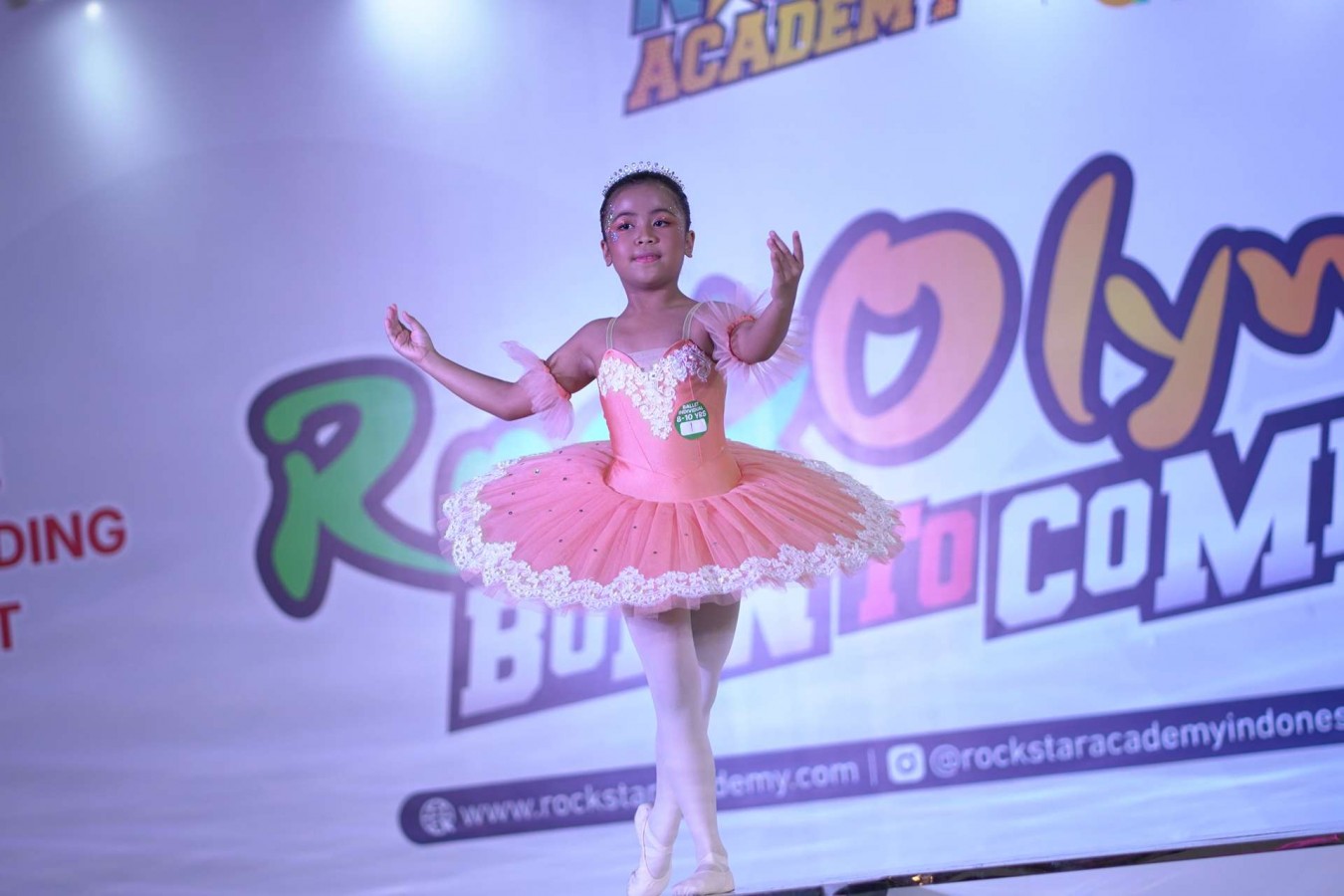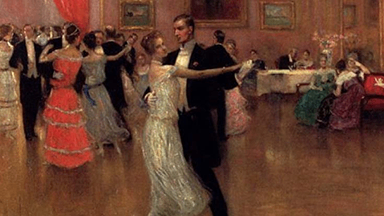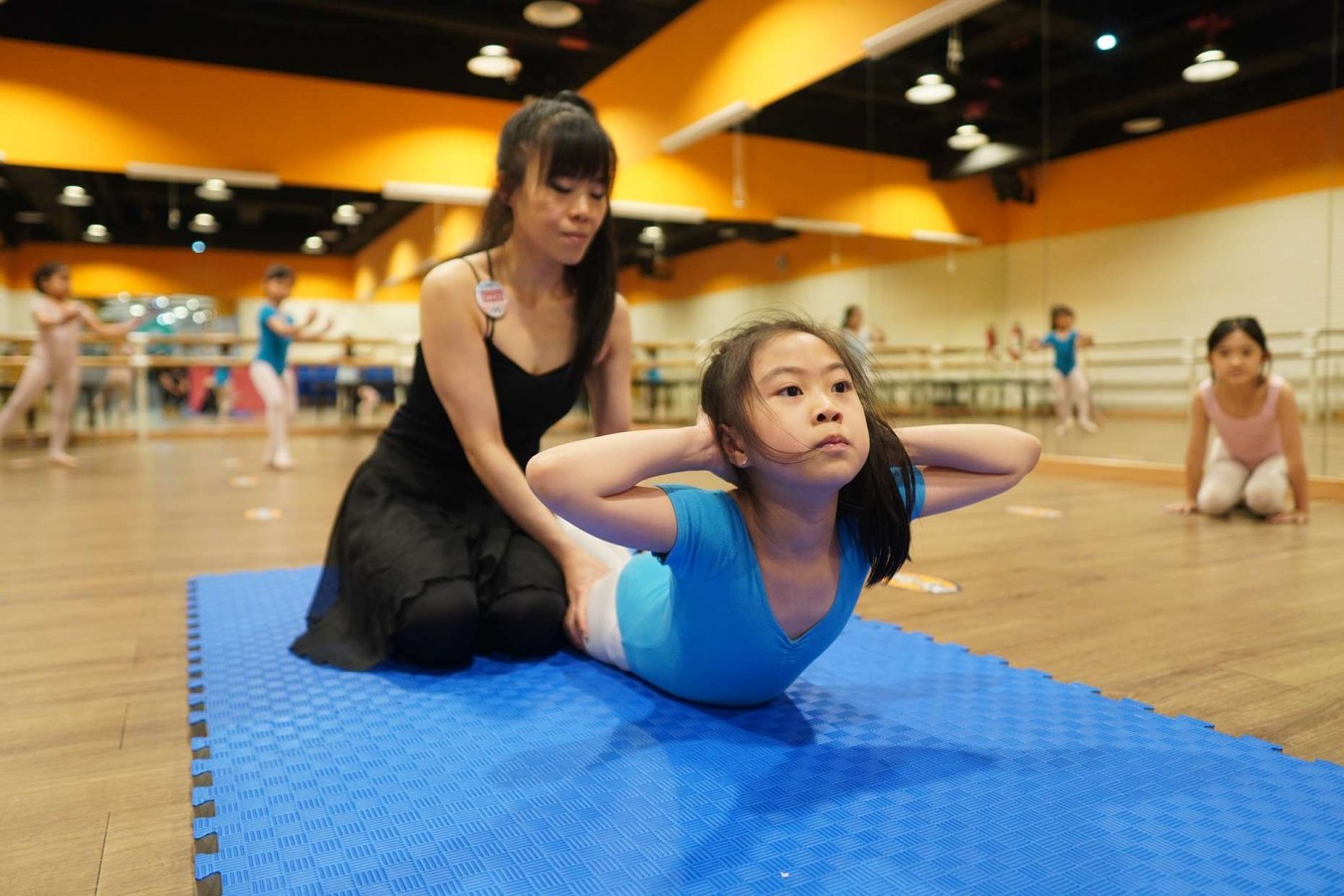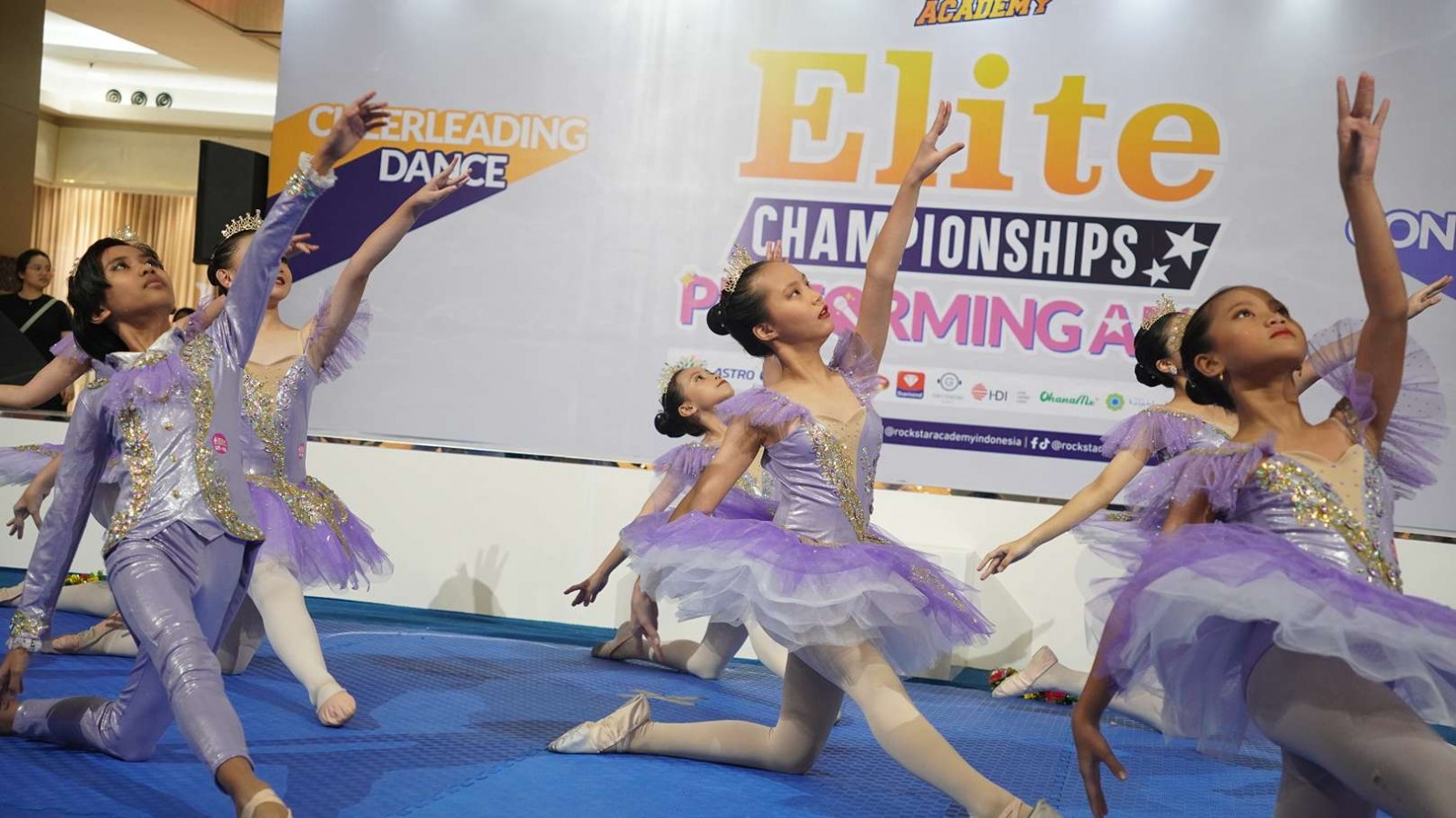Balancé Ballet: Understanding This Graceful Dance Step

In ballet, every step tells a story, and the balancé ballet step is one of the most graceful ways to express movement. Flowing smoothly from side to side, it’s a step full of elegance, rhythm, and control. Inspired by the waltz, the balancé adds musicality and dynamic movement to choreography.
In this article, we’ll explore what the balancé ballet step is, its connection to the history of the waltz, the key elements that make it look effortless, and why perfecting this step is essential for every ballet dancer.
What Is Balancé Ballet?
In simple terms, balancé ballet is a graceful rocking step where a dancer shifts their weight from one foot to the other in a smooth, flowing rhythm. It’s usually danced in a three-count pattern following a “down, up, down” motion for the feet position.
Balancé is often introduced to beginners because it’s both simple and satisfying. The step creates a natural feeling of movement and musicality, making it fun for young dancers. But don’t be fooled, because this move is not just for beginners.
You’ll see balancé ballet used in advanced classes and professional performances, often linked with pirouettes, adagio combinations, or even in turning sequences like balancé en tournant.
Because it appears in so many dance styles and techniques, practicing balancé helps build coordination, rhythm, and the sheer joy of dancing.
The History of Waltz

Believe it or not, the elegant and romantic waltz we know today actually caused a stir when it first appeared. Its roots go all the way back to 16th-century Europe, with early versions appearing as sliding or gliding dances.
By around 1750, peasants in regions like Bavaria and Tyrol were dancing a lively couples’ dance called the Walzer.
This eventually evolved into the waltz, which used a 3/4 time signature and a smooth, turning motion. At the time, upper-class society still preferred the refined and formal minuet.
So when the waltz made its way into aristocratic circles, it shocked many. In fact, some saw it as scandalous and too intimate. But despite the raised eyebrows, the waltz exploded in popularity, especially in Vienna during the 1780s.
From there, it spread across Europe and eventually the world, becoming a foundation for many ballroom styles. When Americans picked up the waltz, they added their own flair, especially in Hollywood musicals like Fred Astaire and Ginger Rogers’ “Waltz in Swing Time.”
Over time, the waltz evolved into many variations, but its graceful rhythm and romantic feel continue to inspire everything from ballroom competitions to ballet steps like balancé ballet.
The Elements of Balancé
Balancé may look light and effortless, but mastering it comes down to understanding the key elements that make the movement smooth, stable, and graceful. Here are the key elements that make this graceful step work:
1. Body Positioning
Think of your body like stacking blocks: every part needs to be aligned for stability. Your weight should be centered over the ball of your foot, with your toes pressing into the floor for a solid connection.
Engage your muscles upward, from your legs to your core, while keeping your shoulders down and ribcage connected to your pelvis. Your chin should lift slightly, with your gaze just above eye level. It is calm but strong, like a dancer’s quiet confidence.
2. Lines of Energy and Tension
Balancé works best when your body has a two-way pull: grounded firmly into the floor while reaching tall through your center line, like a golden thread running through you.
Keep your shoulders anchored and your core active. There’s tension where it counts yet it’s fluid, not stiff. This creates the length, elegance, and stability that make balancé visually beautiful.
3. Breathing
Breathing is the quiet key to balance. Holding your breath makes your body tense and unsettled. A calm, steady breath keeps your muscles working smoothly and your mind focused.
Approach each balancé with control, allowing your body to move freely without fear of losing stability.
Why Ballet Dancers Need to Improve Their Balancé
Being able to do a perfect balancé ballet step is also about building a strong foundation for everything else in ballet. Balance plays a huge role in performance quality, control, and even injury prevention.
Below are some key reasons why every ballet dancer should keep improving their balancé:
1. Better Performance Quality
A strong balancé makes transitions look effortless. When your balance is steady, you can move smoothly between steps, making your dancing look polished and professional. This adds elegance and confidence to every performance.
2. Reduced Risk of Injury
Good balance helps you control your body and land movements safely. Without proper control, falls, twists, or awkward landings can happen. By improving your balancé, you’re also protecting your joints, muscles, and overall health.
3. Stronger Technique
Balancé is connected to many other ballet steps, from turns to jumps. A well-practiced balancé strengthens your core, legs, and coordination, which boosts your performance in other parts of your training.
4. Greater Musicality and Flow
Balancé follows a natural waltz rhythm, so practicing it improves your timing and musical interpretation. This skill makes your dancing look more in sync with the music, adding beauty and artistry.
Dance with Confidence!
Balancé ballet is a must-know step for any serious dancer. Rooted in the waltz and full of graceful motion, it brings rhythm, elegance, and storytelling to life on stage. So the next time you practice it, enjoy the sway, connect with the music, and let your body move with ease.
Ballet at Rockstar Academy isn’t just about pointing toes, but also about building confidence, strength, and elegance from the ground up. If you’re brand new or already know your ballet feet positions, our ballet classes are here to help you grow in technique and style.
As part of the Sports & Performing Arts Academy, you’ll train with passionate teachers who make every plié and tendu feel purposeful and fun. Plus, for those who love a challenge, we prepare students for RAD Ballet testing—a global standard that lets you track your progress like a true pro.
And it’s not just about training in the studio, you’ll also get the chance to shine on stage and in competitions. Our ballet students perform in the Ballet & Contemporary Dance Recital and compete in major events like the Elite Championships and RockOlympics, giving you real experience in showcasing your talent to a live audience and judges.
The vibe? Supportive, inspiring, and just the right mix of serious training and creative expression. Want to see if ballet is your thing? Come feel the magic of movement, the rhythm of the music, and the power of great posture with a free trial class. Sign up now!
FAQ
What does balancé mean in ballet?
A graceful rocking step shifting weight from one foot to the other, usually in 3/4 time.
How to do balancé ballet?
Rock side to side with a “down, up, down” motion, keeping arms and body aligned with the rhythm.



